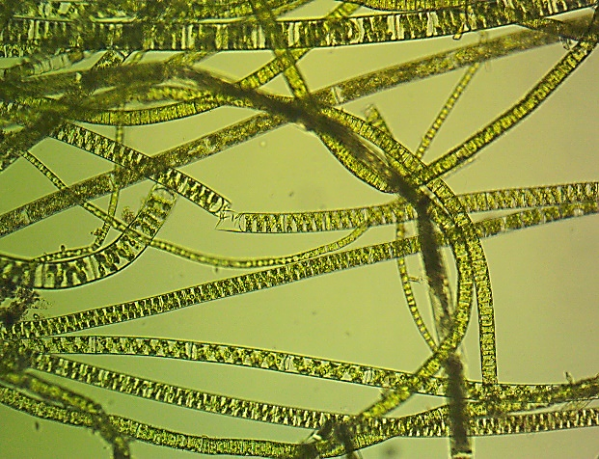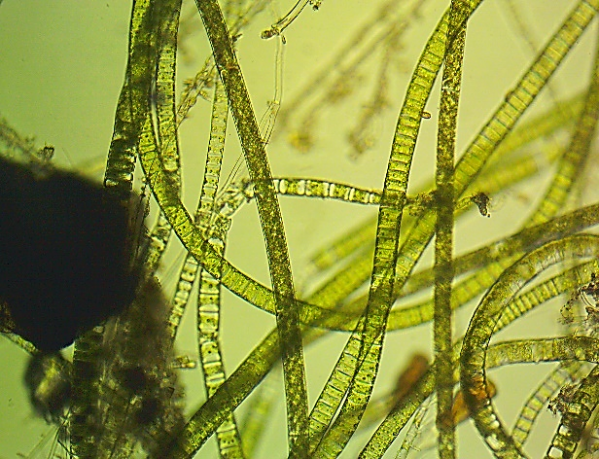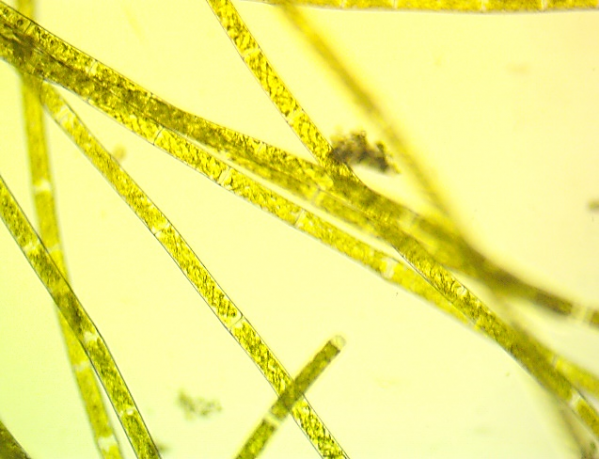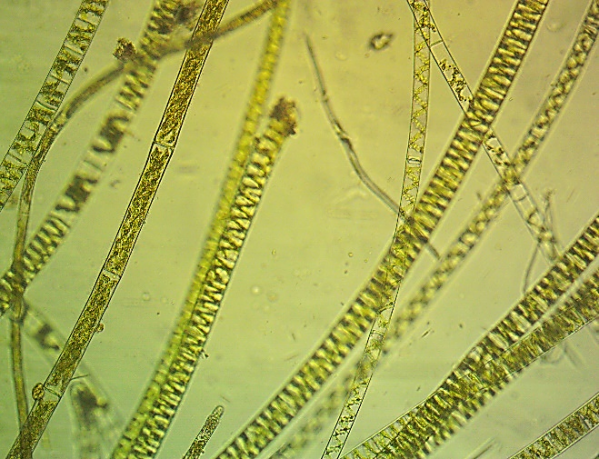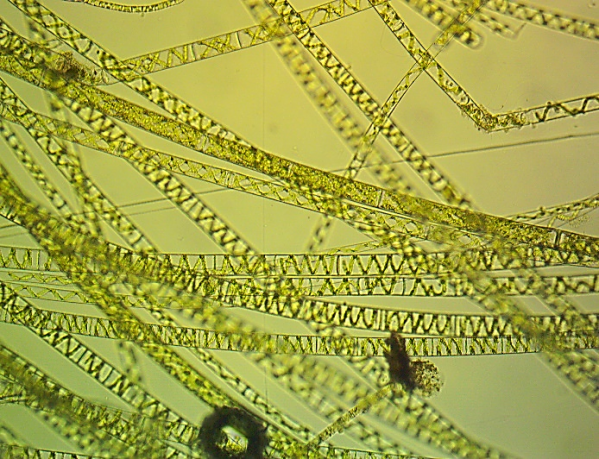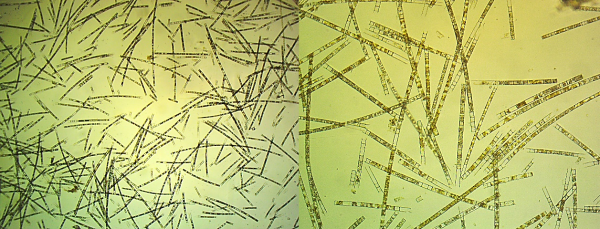Expedition onboard the R/V “Akademik V.A. Koptyug”, June 4-18, 2024
The aim of the expedition is Interdisciplinary study of the current state of the coastal zone of Lake Baikal in June 2024 in terms of long-term dynamics and change of complexes of dominant hydrobiont species, as well as factors determining them, under conditions of large-scale negative ecological processes in the lake.
Tasks of the expedition:
1. Collection of material for further multi-year series of observations of the dynamics of biomass and taxonomic composition of natural and alien Filamenteous Algal Blooms (FAB) in Lake Baikal, places of their mass development in the coastal zone, in seasonal and inter-annual aspects;
2. Collection of data on coastal release of plant detritus in zones of their mass concentrations as an indirect indicator of productivity and eutrophication of the coastal zone (rapid assessment);
3. Collection of phytoplankton samples to provide a multi-year series of observations of the dynamics of quantitative indicators and species composition in the coastal zone at permanent observation stations (background and in sites with anthropogenic load of different degrees of intensity);
4. Collection and analysis of hydrochemical and microbiological samples for appropriate characterisation of coastal water quality;
5. Sampling zoobenthos using dredge and bottom sampler for further isolation of meiosoobenthos (focusing on microturbellarians, ostracods and harpacticids - groups on which 2nd year PhD students are working on their theses);
6. Sampling of Ulothrix filamentous algae (lake-wide) from conditionally clean and contaminated sites in the nearshore zone for comparative analysis of their elemental composition (bioindication).
Expedition team: Dr. Sc. (Biology) Timoshkin O.A. (chief of the team), Cand. Sc. (Biology) Malnik V.V. (deputy chief of the team), Cand. Sc. (Geology) Tomberg I.V., Cand. Sc. (Biology) Kulikova N.N., leading specialist Gula M.I., leading engineer Poberezhnaya A.E., graduate student Krivorotkin R., graduate student Alekseeva T., engineer Hamid Salavat Uli, and technician Yurgin R.
Names and registration numbers of the topics of scientific and research developments for which the expedition was carried out:
“Comprehensive studies of the Lake Baikal coastal zone: long-term dynamics of communities under the influence of various environmental factors and biodiversity; causes and consequences of negative environmental processes”, No. 0279-2021-0007 (121032300180-7);
“Investigation of the role of atmospheric fallout on water and terrestrial ecosystems of the Baikal Basin, identification of atmospheric pollution sources” No. 0279-2021-0014 (121032300199-9);
“From the cell to the ecosystem: Investigation of the ultrastructure of hydrobionts and their communities in the evolutionary and ecological aspect by methods of cell biology and genomics” No. 0279-2021-0008 (121032300186-9).
Preliminary scientific results:
1. Based on the results of express-analysis of more than 200 samples (stone-unit method, trawling by small dredge) collected in the coastal zone of all three basins of the lake, the following preliminary conclusions can be drawn.
1.1. . The most significant changes in the ecology of the phytobenthos communities, as well as in 2023, are observed in the southern basin of the lake, namely opposite the Kultuk settlement. At the standard monitoring station, at depths up to 5-6 m, 100% coverage of the bottom by non-native conferva of 5-6 morphotypes (with the so-called freshwater green algae Spirogyra morphotype dominating).
1.2. Significant coastal detritus concentrations with a specific decomposition odor were found in the swash zone. A mass bloom (hyperproduction) of the coastal filamentous alga Ulothrix algae was detected in a small bay opposite the Uzury settlement (Fig. 1).
As in previous years, June samples of macrophytobenthos were dominated by Ulothrix nitrophytes at many stations, which is typical for this time of year. Of the 37 stations studied, non-native spirogyra were found in diverse numbers at the following 14 stations (38% of the total number of stations) (Fig. 2): opposite BPPM (7 m, “faecal morphotype” - hereinafter “FM”), Slyudyanka (1.5 m, “FM”), Kultuk (see above), Listvyanka- Nerpinarium (singularly, “FM”), Bolshiye Koty (singularly, “FM”), Bolshoye Goloustnoye (mix of 4-5 spirogyra morphotypes including “FM”), Babushkin (singularly, “FM”), in bays Aya (“FM”), to the north of Muzhinayskaya Kovrizhka Cape ( mix of 2-3 spirogyra morphotypes dominated by “FM”, edogoniums and muzhotia), opposite Zarechny (dominated by 5-6 spirogyra morphotypes), Frolikha Bay, Ayaya Bay (both with “FM”), Tompa (“FM”, edogoniums), opposite Huzhir (“FM”, singularly). LIN SB RAS will continue a more detailed analysis of the quantitative and qualitative composition of macrophytobenthos.






2. Studies on the quality of the water in terms of hydrochemical indicators were carried out at 34 shores along the entire perimeter of the lake, where 153 water samples were taken for analysis. The temperature of the Baikal coastal water during the study period varied from 3 to 8 °С. The value of electrical conductivity in the interstitial water varied from 120 μS/cm (shores of B.Koty Bay) to 807 μS/cm (Severobaikalsk, Zarechny). In the coastal waters, the values were mainly close to the Baikal values: 118-124 μS/cm. Increased values of electrical conductivity (143-159 μS/cm) were observed in the coastal waters in the south of the lake (Baikalsk, Kultuk, and Goloustnoye). The pH of the coastal water varied from 7.34 to 9.07. In the interstitial water, pH values were lower: 6.66-8.12. The content of dissolved oxygen in interstitial water varied from trace values (Kultuk settlement, Babushkin and Severobaikalsk towns, settlement Uzury, and beaches of B. Ushkanyi Island) up to 11.07 mg/dm3. In the coastal water of the lake, oxygen concentrations varied from 11.0 to 17 mg/dm3. The analysis of the material collected during the expedition will be continued in the institute's laboratories. The ionic composition, concentrations of biogenic elements, and organic matter in water will be determined.
The research of late spring phytoplankton in the coastal zone of the lake showed that the distribution of planktonic algae is uneven over the water area. In the southern basin, the vegetation was almost over; single cells and colonies of species intensively vegetating in the subglacial plankton were recorded. Biomasses are poor: about 100 mg/m3. The exception was the station near Babushkin (326 mg/m3), where significant concentrations of the diatom Ulnaria acus and green Koliella longisrta were noted. The quantitative characteristics of phytoplankton in the middle basin are richer; the same species as near Babushkin town were vegetating here. Maximum biomasses were recorded in the northern basin of the lake (up to 400-500 mg/m3) due to the presence in the plankton of the large-celled colonial diatom alga Aulacoseira baicalensis of the Baikal complex (Fig. 3). Its development was coming to an end. This was evidenced by the mass accumulation of algae at the bottom of the reservoir.
4. Representatives of new species of microturbellaria from the genera Riedelella (Timoshkin, 2004) and Mariareuterella (Timoshkin and Grygier, 2005), as well as ostracods from the genus Cytherissa (Sars, 1928). For morphological and molecular genetic analysis, a considerable amount of material has been collected by the groups: Turbellaria (taxons Kalyptorhynchia, Dalytyphloplanida, Macrostomorpha); Harpacticoida (genus Bryocamptus Chappuis, 1929, Moraria Scott T. et Scott A., 1893, Canthocamptus Canthocamptus , 1836, et al.); Ostracoda (genus Candona Baird, 1845, Pseudocandona Kaufmann, 1900, Baicalocandona Mazepova, 1976 and Cytherissa Sars, 1928); Bathynellidae (Baicalobathynella magna (Bazikalova, 1954), Bathynella sp.n.). The distribution of bathynellids in the coastal zone of Lake Baikal (above the shoreline) was studied; among 36 points, individuals of this group were found at 4 stations.
5. To study the potential use of Ulothrix zonata as a bioindicator of anthropogenic pollution in the shallow water zone of Lake Baikal, we collected: 1) 25 water samples from holes on the beaches; 2) 25 water samples below the shoreline at Ulothrix zonata sampling sites (Table 1); 3) 52 samples of Ulothrix zonata. Water samples were filtered into prepared 2 ml tubes; algae samples were rinsed in coastal water, in filtered Baikal water, cleaned from foreign impurities under a binocular, rinsed with distilled water, dried to air-dry condition, and hermetically packed. Samples will be analyzed in the laboratories of the Institute.
6. Shore accumulations of detritus (SAD) were detected at 11 stations out of 37 studied (about 30% of the total number of studied sites): Kultuk, Babushkin, Aya, Uzury, Maksimikha, Bolshoi Ushkaniy (Severnaya Bay), Senogda, Zarechnoye, Frolikha, Ayaya, Sakhyurta. More than 25 samples were taken to study the composition of the SAD. Surprisingly, for the second year in a row, once huge SAD were not registered in Maksimikha Bay, Barguzin Bay. The most massive and unattractive SAD, as in the previous years (2013 - 2023), was observed on the coast of North Baikal, opposite the settlement of Zarechny.
7. In order to assess the contamination of coastal waters by sanitary-indicative microorganisms, 158 samples were collected (with a focus on Maloye More, the center of recreation and tourism). The results are currently being analyzed.
General conclusion: In general, the work program was completed. Non-native filaments were found at 14 stations out of 37 examined. The “blooming” of non-native spirogyra remains in many areas of the coastal zone of the open Baikal. Moreover, the most massive development and the most serious changes in the structure and production characteristics of the phytobenthos are observed at the southern end of the lake, opposite the Kultuk settlement. Phytoplankton is represented unequally in the three basins; the highest productivity characteristics were observed in North Baikal, due to the mass development of large-celled colonial diatom algae of the Baikal complex Aulacoseira baicalensis. Its development was coming up to an end, as evidenced by mass accumulations of algae on the bottom of the reservoir. Shore accumulations of detritus (SAD) were found at 11 stations out of 37 studied (about 30% of the total number of examined sites). As in previous years (2013-2023), the most massive and unattractive shore accumulations of plant detritus were found on the shore of North Baikal, opposite the settlement of Zarechny.





